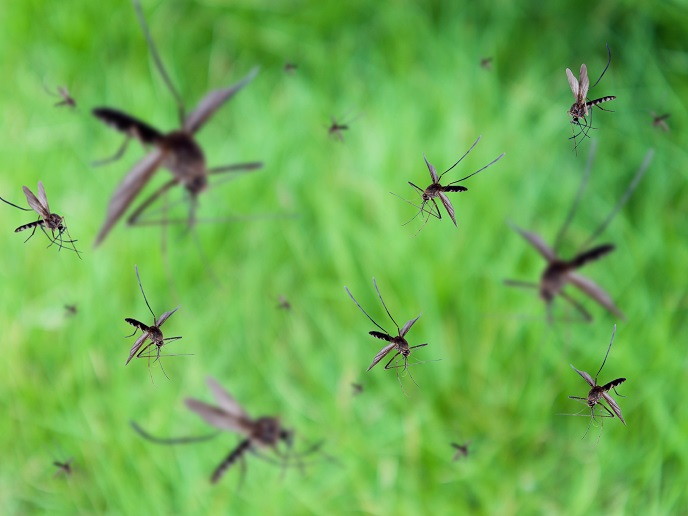Understanding miRNA evolutionary pathways
Previous research has focused almost exclusively on miRNA regulation in Bilateria and little is known about non-bilaterian species. The Bilateria includes all vertebrates, insects and nematodes. The EU-funded project NEMATOSTELLAMICRORNA investigated miRNA types and functions in the sea anemone (Nematostella vectensis) from the non-bilaterian Cnidaria group. The Cnidaria phylum includes aquatic creatures like jellyfish, corals, anemones and hydra. Use of bioinformatic analysis, biochemical functional assays, and in-situ hybridisation revealed important similarities and differences in miRNA pathways in Cnidaria and Bilateria. Researchers detected novel miRNAs in Nematostella, increasing the overall miRNA gene count to 87 – comparable to miRNA count in bilaterians. As such, the theory that higher miRNA numbers correspond to increased body plan complexity in Bilateria no longer holds water. Despite this large number of miRNAs in Nematostella, only a handful of detected miRNAs were conserved in other cnidarians like corals and hydras. Moreover, only one miRNA was shared between Bilateria and Nematostella. Most strikingly, the miRNA mode of action in Cnidaria and plants was found to be similar to plants rather than to Bilateria. In contrast to previous theories proposing an independent evolution of miRNA pathways in plants and animals, project outcomes suggest a common origin of miRNA regulation in plants and early evolving animal lineages. Project research has highlighted the importance of using non-bilaterian animal models for studies to ensure more accurate and reproducible results, particularly in evolutionary and developmental biology studies.







